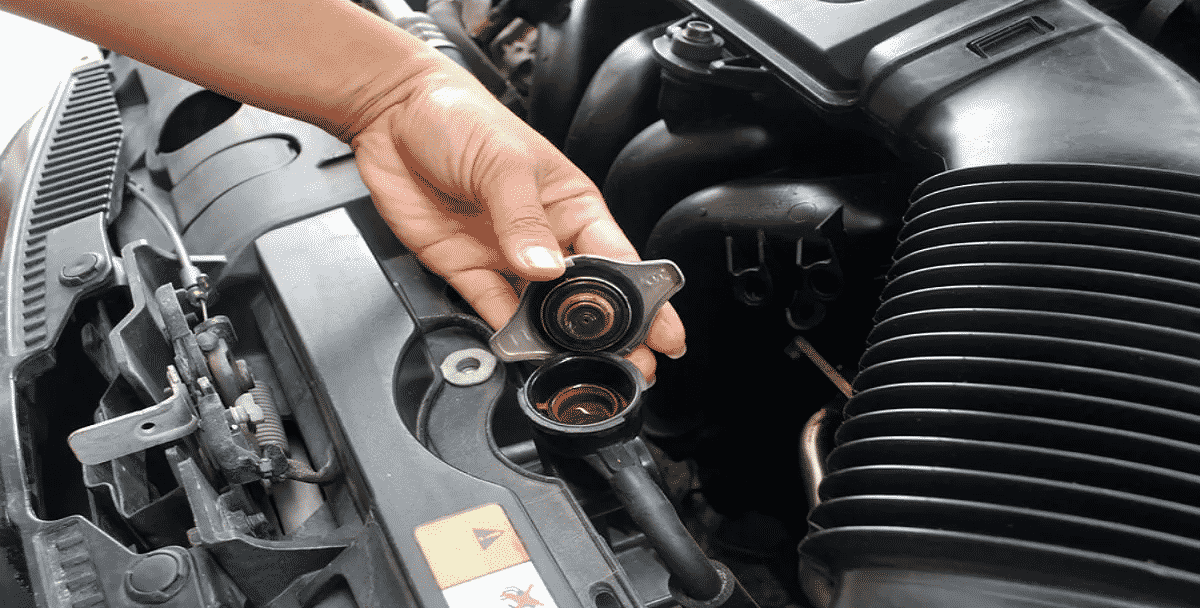- All
- Product Name
- Product Keyword
- Product Model
- Product Summary
- Product Description
- Multi Field Search
Are you considering a plastic car radiator for your vehicle? These essential components play a crucial role in maintaining optimal engine temperature. Let's delve into everything you need to know about plastic car radiators.
Understanding Plastic Car Radiators:
When we refer to plastic car radiators, we're specifically addressing the material of the tanks positioned on the side or top of the radiator. These tanks, which hold coolant, are typically crafted from plastic in standard radiators.
It's important to note that while the tanks are plastic, the radiator itself is not. Modern radiator configurations commonly feature plastic/aluminum compositions, often supplied directly by vehicle manufacturers.
Different Radiator Configurations:
Radiators boast various combinations of materials for their construction. Traditionally, radiators featured copper/brass compositions, prevalent until the 1970s, primarily in industrial or heavy-duty applications.
Post-1970s, plastic/aluminum radiators gained popularity due to their cost-effectiveness and reduced weight. These radiators feature plastic tanks and aluminum cores (fins and tubes), making them the standard choice for most passenger vehicles today.
Coolant Flow Variations:
Radiators come in two main coolant flow configurations: crossflow and downflow. Crossflow radiators have tanks positioned on the sides, directing coolant from one side to the other. In contrast, downflow radiators feature tanks on top, guiding coolant from the top to the bottom.
Both configurations, prevalent in plastic/aluminum radiators, offer effective cooling capacity without significant advantages over one another. The choice between them typically depends on the vehicle's setup and available space within the engine bay.

Pros and Cons of Plastic Car Radiators:
Plastic/aluminum radiators present numerous benefits, including cost-effectiveness and lightweight design. However, they also come with drawbacks. If the plastic tanks crack or fail, replacing the entire radiator becomes necessary, as finding replacement tanks proves challenging.
Comparatively, copper/brass radiators allow for easier replacement, as tanks can be detached and reattached with relative ease. Nevertheless, these radiators are now primarily found in heavy-duty applications or older vehicles.
Replacement Options:
For those in need of a plastic/aluminum radiator replacement, there's a range of quality options available. Natrad offers suitable replacements for various vehicles, including full alloy radiator options or custom designs for re-core or repair purposes.
While full alloy radiators may offer increased cooling capacity, they tend to be more costly upfront, making them less ideal for average vehicles. However, if enhanced cooling performance is a priority, full alloy radiators might be worth considering.
In conclusion, plastic car radiators play a vital role in vehicle cooling systems, offering a balance of cost-effectiveness and efficiency. Understanding their construction, coolant flow configurations, and replacement options can help vehicle owners make informed decisions regarding radiator maintenance and upgrades.